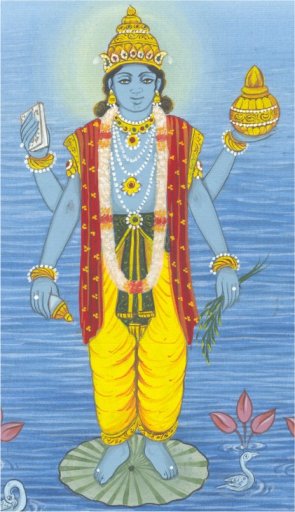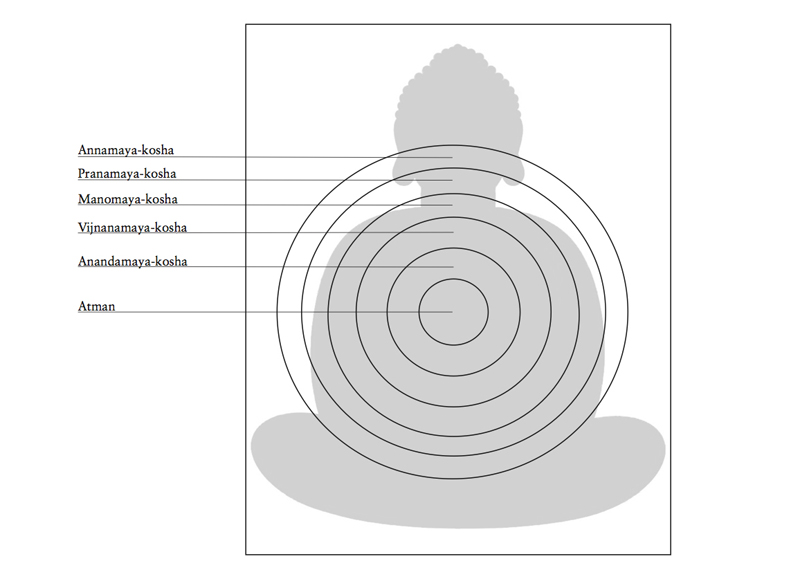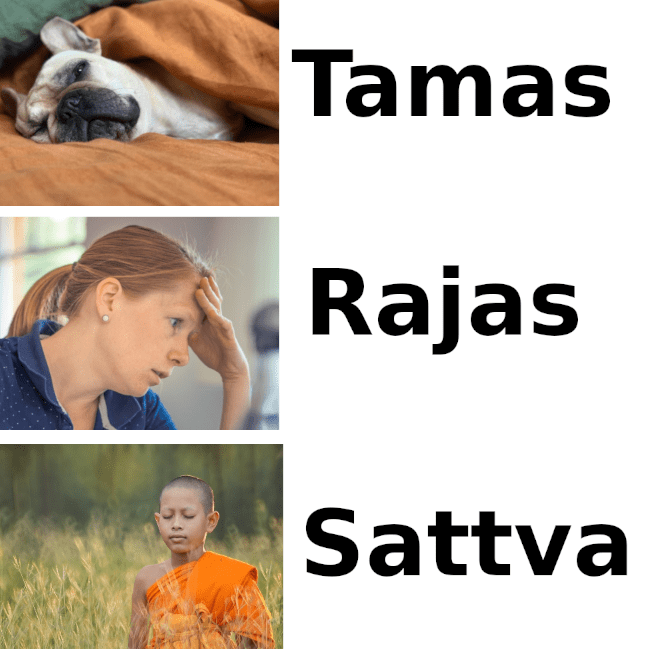The sheer volume of information and choices surrounding spiritual healers can be overwhelming, potentially creating more doubt….
Healing
Healing

Dhanvantari – God of healing
Health is balance
Healing is one of the fundamental themes in yoga and Ayurveda, where we first define the koshas, our levels of consciousness: our body, our energetic body and our spiritual body. These levels are interrelated and influence each other. In a healthy state, we notice little of this process, as the natural balance allows us to go about our daily lives without any problems. Numerous processes interact and must be in balance. Our body alone consists of countless organs, glands and hormones that are extremely precisely coordinated to enable us to function smoothly. Added to this is our mental state, through which we control our body and perceive the world. Ayurveda adds a third level: “Atman”, our soul, which completes our entire being on a spiritual level. Health is the natural state of balance in the interplay of these layers and within the layers themselves.
What is healing?
An illness occurs when the natural balance is disturbed. When a function is lost, such as sight, or cancer occurs and causes pain, this experience has an impact on our body, our psyche and our energy body. The same applies to mental illnesses, which can become visible in the body. Our body reacts to negative emotional states in the same way as our soul. Illness is therefore an imbalance in the interaction of our layers and within the layers themselves. Healing is the restoration of this balance.
Expectations and ego
Our expectations influence our perception of illness. For someone with severe cancer, even a pain-free walk of half an hour can be perceived as great happiness. For someone who has never experienced such an illness, this can trigger depression. Our mental state determines our perception, and this in turn influences the mental stress during a physical illness. Our ego adds a story of injustice, for example. Our expectations of what healing or health should look like shape our perception and therefore also our emotional state. Health is experienced subjectively and very individually.
Our cells, organs and bodily functions
For healthy people, our bodies usually function as a matter of course. It is only when we fall ill that we focus our attention on these parts of the body. This is why spiritual practice often involves gratitude for essential things – for functions and processes that we take for granted, so that we pay attention to them even when they are out of balance. Every morning, our body is available to us with functioning organs. Cells are constantly dying and renewing themselves to make this process possible. This is not only a pragmatic process, but also a fundamental energy within us that takes over numerous processes for us to make the experience in this body possible. This fundamental energy is the life force, also known as prana.
Healing in Ayurveda
Prana flows through all our layers and can be described as a highly intelligent, lively and extremely subtle energy. The body represents the outermost layer on which we usually focus. Our innermost core is Atman – our soul. In Ayurveda, we see ourselves as a holistic human existence and disease. The body and psyche are subject to permanent changes, both in the healing process and in the disease process. Our soul remains unaffected by this process. This represents a fundamentally different approach to the perspective on health, in contrast to what we know in the West, where the focus is often exclusively on the body.

Body (Anamaya Kosha)
Our physical body is made up of the five elements and forms our outermost shell. This body is subject to the cycle of birth and death. The diseases of this body are clearly visible and in some cases, such as advanced cancer, can no longer be reversed. In Ayurveda, this body is described quite simply as a body made up of the food we eat.
Energetic body (Pranayama Kosha)
Prana represents our life force and permeates everything in the universe, so to speak. We also have a prana body, which is connected to our physical body. This is where prana manifests itself most strongly and can be described as our psyche or spirit. Our psyche and our spirit are connected to our body via the nadis, our energy system in the body, so to speak. In Ayurveda, the focus when considering healing in the interaction between body and mind is on the flow of prana. Blockages in the flow of prana on one level also have a noticeable effect on the other level.
Soul (Annanda Maya Kosha)
Atman is our innermost core and exists in every living being. It is possibly a part of us that is so obviously present that it has never changed and is so incredibly subtle that we can neither describe nor grasp it. This aspect of us is often referred to as esoteric or spiritual because it is beyond our logic and senses. Nevertheless, it plays a very important role in healing. It is not necessary to follow an esoteric direction or perform a spiritual practice. Knowing and being aware of this energy a little every day can already heal us.
The Gunas

The gunas play an important role within these sheaths, whereby there are three energetic states: Sattva, Rajas and Tamas. Rajas stands for movement, tamas for inertia and sattva for the balance of both energies. This is important to understand as the gunas are active on all levels: Body, prana-body and soul. If rajas dominates too much, stress can arise on a psychological level, for example. If tamas dominates too strongly, blockages or inflammation can occur on a physical level. The gunas form the energetic basis for illness and healing. These energies constantly interact with each other, comparable to a burning candle, with tamas representing the wax, rajas the flame and the light of the candle the sattvic energy.
Healing through yoga
Asanas
Through physical asanas, we stretch our body and hold it in the asanas to initiate a flow of energy and reduce tamas. Through light and gentle movements, we also influence excessive rajas. The body should feel sattvic after practicing yoga.
.
Pranayama
Prana is our bridge between body and mind. In pranayama, we lengthen or speed up the breath to create either more rajas or tamas, depending on what we need at the time. A mind that is too stressed can be calmed through calm breathing, and a mind that is too sluggish can be given more clarity and energy through fast breathing.
Meditation
In meditation, we generate sattva across all levels of body, energy body and soul. The ups and downs of rajas and tamas come into balance in meditation. The body shuts down its functions – heartbeat, nervous system and breathing regulate themselves to a minimum. The breath becomes calm, thoughts and mental processes calm down. A synchronization of body, mind and soul takes place again, releasing sattvic energy on all levels.
Art of Healing is more than just fixing a scrape or fighting off a bug. It’s a…
Ancestral healing can be supported with an ancestors ritual. In the tapestry of our lives, the threads…
Distance healers and distance healing are variations of techniques and methods that are carried out at a…
In this article, we will explore the basics of energy healing, its various techniques and how they…
Pranic healing is an ancient technique that has its roots in Eastern spiritual traditions. The word “prana”…
Spiritual healers try to heal illnesses with the help of spiritual powers or spiritual energies. The influence…
In this article I will explain to you, how you can perform a distance healing yourself and…
Self-healing through meditation is the topic of this article. In most cases, the healing effects of meditation…
Spiritual healing is an unique technique of shamanic healing from Nepal that includes shamanic healing rituals combined…